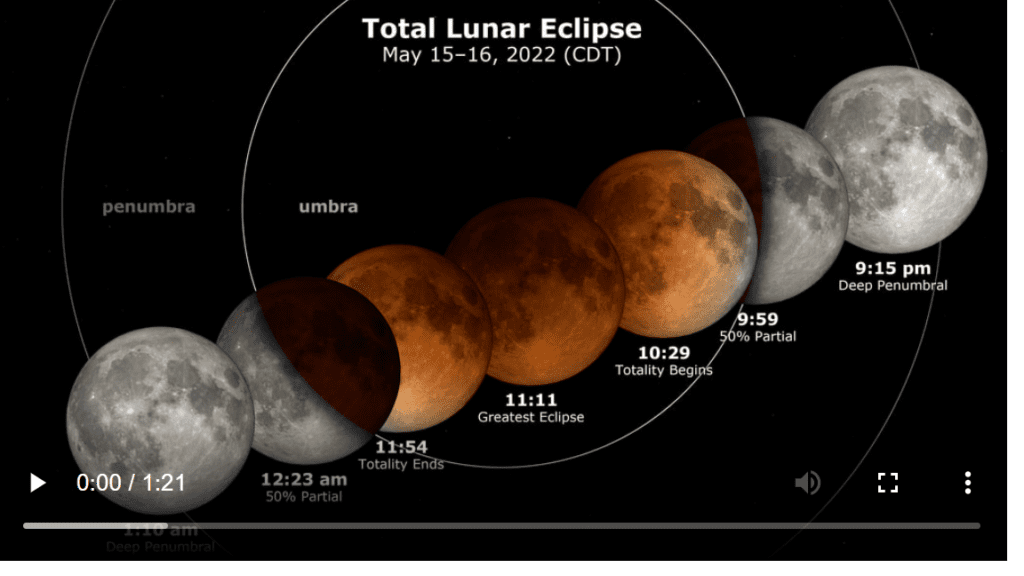Very summer-like weather conditions continue across Texas as we close out the workweek. However, the air flowing inland from the Gulf has recently trended a little less humid, compared to recent days. This somewhat “drier” air allowed temperatures across the region to fall into the mid and upper 60s Thursday night. These slightly less humid conditions are forecast to continue through Friday through Saturday, before higher humidity levels return on Sunday.
It is interesting to note an area of rain and thunderstorms developed across West and Southwest Texas and northern Mexico Friday morning. The area of rain stretched from northwest of Del Rio, southeast to around Eagle Pass. The area of rain was spreading to the east-southeast and weakening. A few of the showers and scattered thunderstorms may affect parts of the western and southern Hill Country, between Rocksprings and Kerrville, through about mid-afternoon. Elsewhere, the area of rain is not expected to impact Friday afternoon’s weather.
Much of Texas remains under the stable influence of a ridge of high pressure in the upper atmosphere that stretches from northern and central Mexico, to the middle Mississippi Valley. The ridge is separating a trough of low pressure located over the Southeastern U.S., from a second trough of low pressure located across the central and northern Rockies. This general setup is forecast to continue through the weekend, with the ridge predicted to strengthen some on Sunday. With the ridge in place, mostly sunny, dry, and breezy weather is forecast this afternoon through Sunday.
- High temperatures Friday and Saturday will range from the upper 90s across the northern Hill Country, to the mid-90s across Central Texas, to the low 90s across the coastal plains.
- High temperatures Sunday are forecast to be close to 100 degrees across the northern and western Hill Country, in the upper 90s across Central Texas, and in the middle-90s across the coastal plains.
Mostly sunny, dry and very hot weather is forecast across the region next Monday through Friday as the ridge of high pressure remains over Texas. Temperatures are predicted to be at July and August-type levels.
- High temperatures Monday through Wednesday are forecast to be near 100 degrees across the western and northern Hill Country, be between 98 and 100 degrees across Central Texas, and be in the mid-90s across the coastal plains.
- High temperatures Thursday through Saturday are forecast to be near 100-103 degrees across the western and northern Hill Country, be close to 100 degrees across Central Texas, and be in the mid to upper 90s across the coastal plains.
Forecast solutions call for a change in the weather pattern to take place next weekend. The ridge of high pressure over Texas is forecast to be replaced by a trough of low pressure through the middle of the country. At the same time, ridges of high pressure are forecast to set up along the West and East coasts. The trough over Texas is expected to cause the development of scattered rain showers and thunderstorms through the first half of the week of May 23rd. At this time, temperatures are forecast to trend down to the low 90s. Unfortunately, this change in the pattern is too far off to get a good handle of how much rain our region we might see. Forecasts should become a little clearer next week.
Total Lunar Eclipse Visible Sunday Night
This Sunday evening into early Monday morning, May 15th–16th, the Moon will undergo a total eclipse that will be widely visible across all of North America, including Texas. At that time, the full Moon will pass through the shadow of Earth. Do note: lingering aerosols from the Tonga volcano could turn the Moon a darker shade of red than we have seen in many years.
The eclipse will begin at 9:15 pm CDT Sunday night, when the moon begins moving into the penumbra of the Earth. The penumbra is the part of the Earth’s shadow where the Sun is only partially covered by the Earth. The Moon’s appearance isn’t affected much by the penumbra.
The Earth will begin moving into the umbra at 9:59 pm CDT. The umbra is where the Sun is completely hidden by Earth’s shadow.
The real action begins when the Moon starts to disappear as it enters the umbra, or totality, at about 10:29 pm CDT. It is during this time, the Moon should turn to a ghostly copper-reddish color. Totality will last for an hour and a half—from 10:29 pm to 11:54 pm. The moon will begin emerging from the central dark shadow and start to illuminate after that. The eclipse will come to an end at 1:10 am CDT on the 16th.
The eclipse will be visible to city and rural residents alike across half the planet. It requires no special equipment and will last for 3 and a half hours!

Bob


Social Media